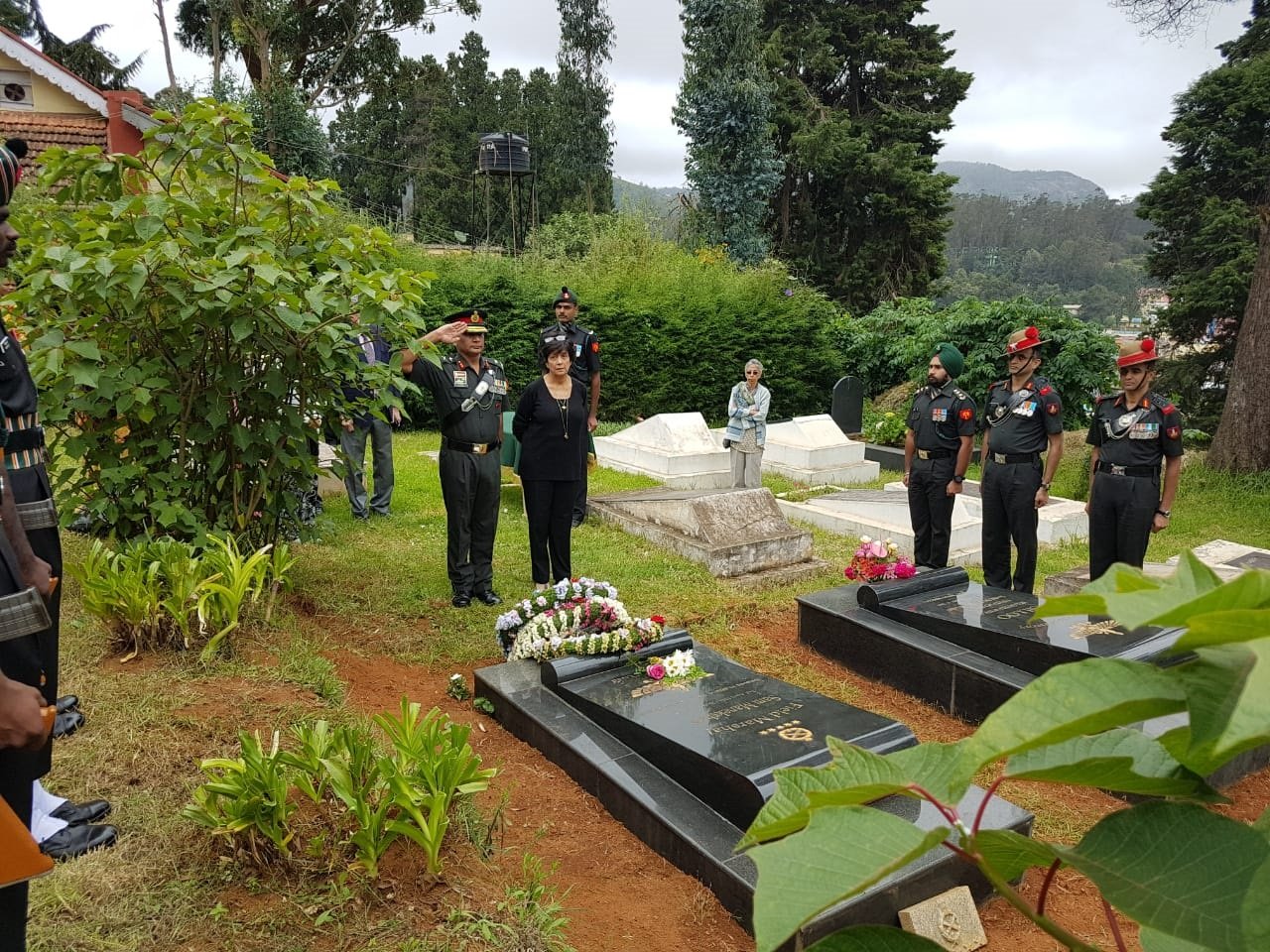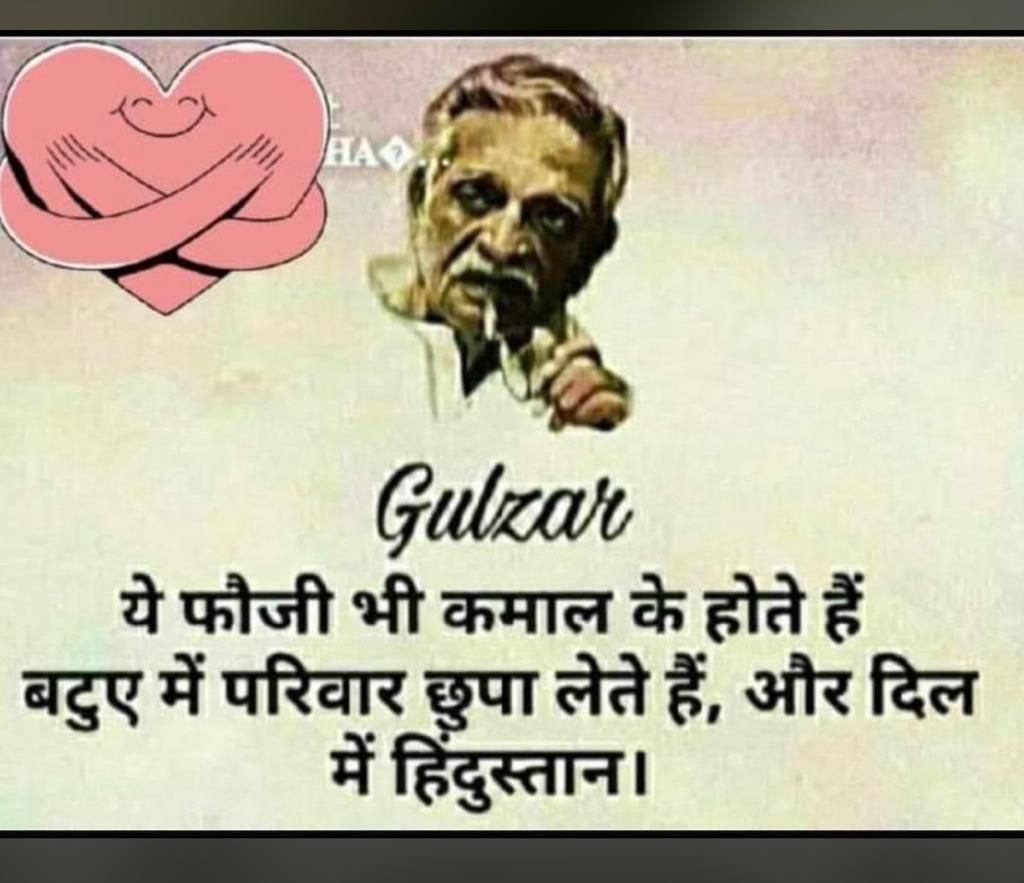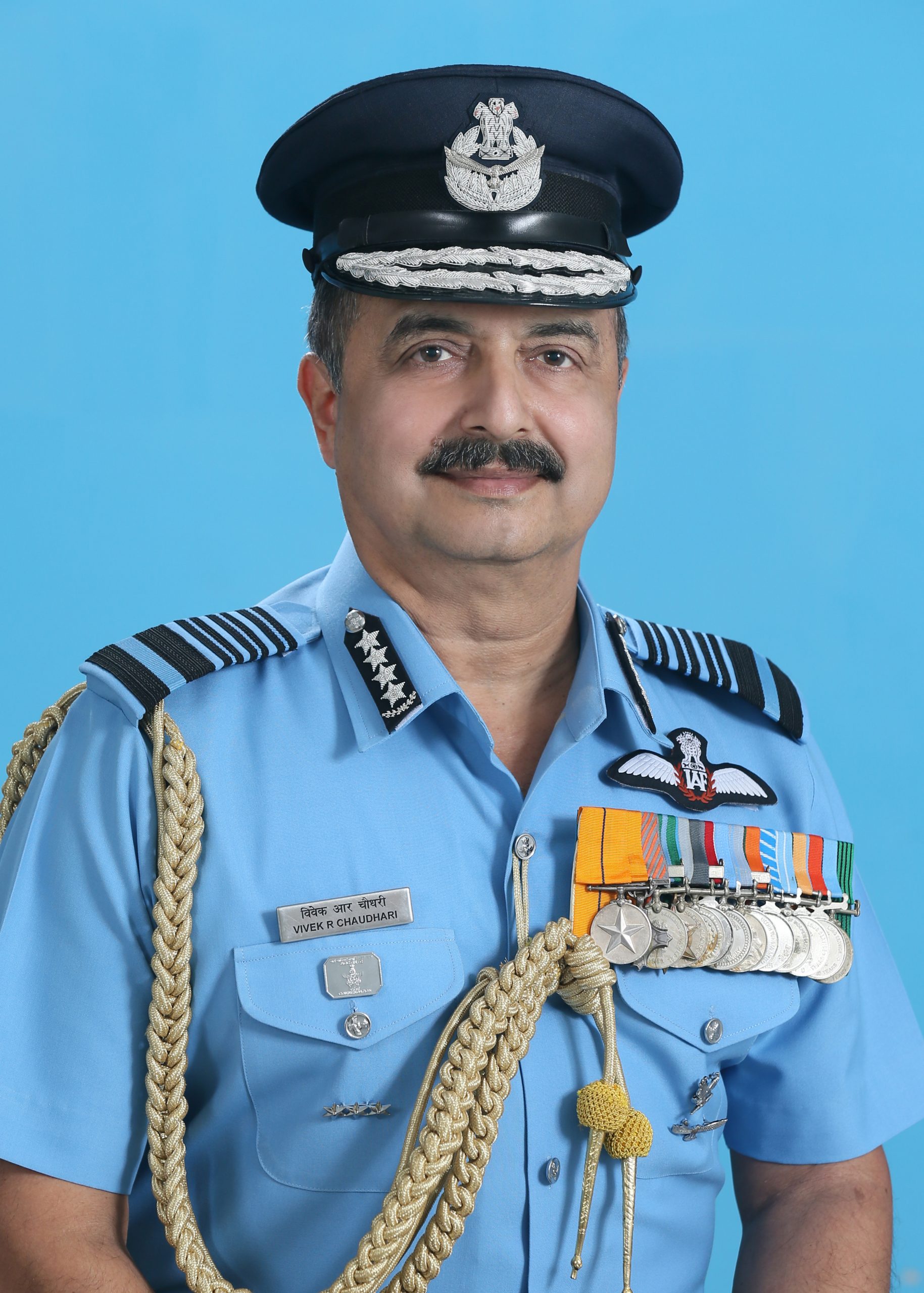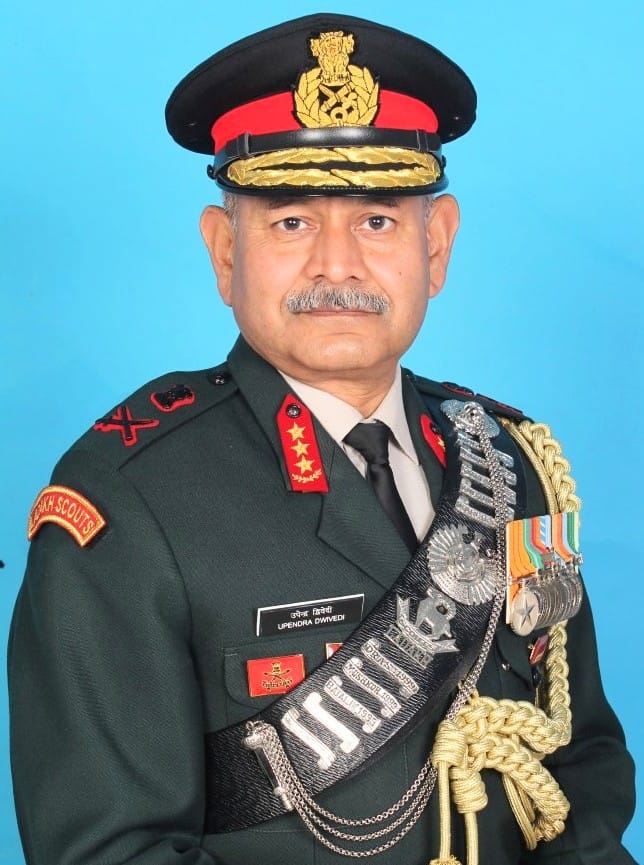Cantonments may be colonial creations in their origins, but that does not mean that the military does not need exclusive spaces.
The opening of cantonment roads to public has become a raging controversy and another point of friction in the civil-military relations. This friction is part of a larger struggle between the civic needs of society and security imperatives for the country’s military assets.
The battle is being waged in an ambience of growing security threats and deteriorating civic infrastructure, which is unable to cope with the steep growth in urban population. Mobility within cities and towns is impeded by traffic density and narrow thoroughfares. Commuting within urban spaces is a harrowing experience. Expanding city space has enveloped most cantonments and in many places, urban commuting can be made easier if passage is permitted through cantonments. But such passage is blocked by the security requirements of the military.
In the government structure, the ministry of defence (MoD) is responsible for ensuring security to military assets. In an era of terrorism, military assets are high-value targets and therefore require a greater degree of protection. The responsibility of provisioning civic facilities is essentially that of the ministry of housing and urban affairs (MoHUA) at the Union level and the municipal authorities at the state level. It is therefore revealing that the MoD, the guardian of military assets, is playing a role that seeks to alleviate the suffering of citizens, a role which must be addressed by the MoHUA and the state-level authorities. The MoHUA and state-level authorities are completely absent from any deliberation to resolve the commuting problem raised by the local politicians directly with the MoD. This is surprising since in many earlier cases when private parties waged a legal battle with the MoD, the courts have upheld the superiority of military security requirements over civic convenience.
In the case Mani Enclave Welfare Association Vs Union of India, where the Union of India was represented by the MoD, the Andhra Pradesh High Court on 26 September 2014 ruled that –
“The principal grievance against imposing restrictions on 9 roads in issue in these cases is that there are no proper alternative roads which civilians can use and if civilians are not allowed to use these roads it would cause grave hardship to them. This is a matter which requires immediate attention of civilian authorities. As the imposition of restrictions on above roads may cause added pressure on alternate roads, which are narrow and not planned to take heavy traffic as contended by the Traffic Police and Greater Hyderabad Municipal Corporation (GHMC), all the concerned authorities shall take expeditious steps to improve the alternate roads so that ordinary people are not subjected to any inconvenience. Conscious of the difficulties of commuters, the army authorities have imposed restrictions in a phased manner and such decision cannot be held as one made in an arbitrary manner. Subject to security concerns and training schedules, it is for the General Officer Commanding to allow civilian traffic on the subject roads till alternative road network is developed. It is necessary for the civic administration to rise to the occasion and take immediate urgent measures so that the civilians are not put to inconvenience and hardship in commuting by using alternative roads that are available. The GHMC and the Hyderabad District Collector shall file a report to this Court on the steps taken in this regard within two months from the date of receipt of copy of the judgment. For the aforesaid reasons, the Writ Petitions and Public Interest Litigations fail and the same are hereby dismissed.” See full judgment here.
From statements emanating from the MoD, it is apparent that the MoD, based on pressure exerted by local politicians, deemed it appropriate to open, as a temporary measure, all “public roads” that were closed to civilians due to security concerns in 62 cantonments. It has also simultaneously appropriated the powers that were vested in the Cantonment Boards and General Officer Commanding in Chief (GOC in C) by the Cantonment Act of 2006. Although the appropriation of powers has been veiled through procedural cul-de-sac, the intent is obvious.
Even a temporary closure of public roads on security grounds is now procedurally complicated and nigh impossible to implement. Worse, the security grounds that have been justified by the Local Military Authority (LMA) and GOC in C will be subjected to “legal vetting” by the MoD. The competence of the MoD to subject security assessments to legal scrutiny is questionable. It also means, in practice, that the spirit of Article 258 of the Cantonment Act 2006, which states that the LMA under the oversight of the GOC in C is in the best position to judge on-ground security concerns, has been completely undermined. The end result of such a move has grave security implications.
Based on the directions from the MoD, the army has apparently issued instructions to open “all roads” in the cantonments and put measures in place to only monitor the density of traffic. This “all roads” instruction is obviously a result of poor drafting because the MoD letter pertains to “public roads”, which are on the land that is classified as Class C and is under the jurisdiction of the Cantonment Board. Be that as it may, the idea of traffic density is connected more to civic convenience than to security concerns, for security concerns are related closely to preventing a free avenue to inimical forces. But this issue has already been decided, so what remains to be gained from such an exercise? There is more to the MoD’s behaviour here than meets the eye.
The MoD has politicised security for electoral purposes, by privileging civic convenience over security of military assets of which it is the ultimate guardian. Opening of cantonment roads that have been closed for security reasons enjoys great popular support and justifiably so, considering the hardships of urban commuters. It is the natural proclivity of politicians to key into this popular mood with an eye on electoral gains. The victory processions through roads recently opened to public, the statements of some MPs and MLAs, and posters advertising the role of politicians in getting the roads opened offer ample proof. In the process, it has turned civic society against the armed forces who are seen as wanting to retain their “colonial privileges” within cantonments. Cantonments may be colonial creations in their origins, but that does not mean that the military does not need exclusive spaces. This is an unfortunate and undesirable fall out.
While the MoD must be cognizant of the demands of civil society, its primary concern is the defence of India. It should, therefore, review the closure/opening of roads from a security perspective and also attempt to assuage the difficulties of citizens. Its attempt to undermine the security judgements of military commanders when it has no competence to do so is fraught with serious implications to national security. Currently, it seems to have defected to the side of civic convenience from its natural abode of national security.
If the defection by the MoD is not arrested, the natural trajectory would be the usurping of military lands by the nexus of corrupt politicians and powerful estate lobbies in the name of another popular sentiment that understandably envies the military occupying prime urban locations. It is not that such an onslaught on military lands have not happened before, but even when defence ministers themselves were complicit, the Service chiefs have stood their ground.
Now, if the opening of roads on A1 land (land exclusively for military and not administered by the Cantonment Board) in Secunderabad, despite a favourable high court ruling, is any indication, the danger is a pliant military leadership and an MoD that has defected. It is a deadly combination and sounds the death knell for striking a just balance between military and civil requirements.
Lt Gen (Dr) Prakash Menon, PVSM, AVSM, VSM is Director, Strategic Studies Programme, Takshashila Institution, Bengaluru.
Ram Ganesh Kamatham is a Research Fellow at Takshashila Institution, Bengaluru.














 GETTY IMAGES
GETTY IMAGES
































































